HouseChief editorial staff continues the series of publications with the hashtag #Best House. And today, again, we will talk about how to usefully spend time in self-isolation. Today we'll talk about laminate flooring. No matter how high-quality the flooring is, gaps may appear between the boards over time. And if water gets into them, save laminate will not succeed. Several simple and cheap ways of how to remove a gap in a laminate without disassembling it are suggested by the author of the YouTube channel. "Master Useful".
Read in the article
- 1 Reasons for the appearance of gaps between laminate boards
- 2 Preparing the flooring for renovation
- 2.1 How to avoid reoccurring gaps
- 3 Method one: moving the boards by squeezing from the wall
- 4 An easier way to remove gaps between boards
- 4.1 A tool for working on the second option
- 5 The third and easiest solution to the problem
- 6 How perfect the result can be
- 7 Summing up
Reasons for the appearance of gaps between laminate boards
The gaps between the laminate boards are not always a sign of poor quality material or mistakes of the master. Over time, even expensive flooring begins to dry out. Also, a similar problem can be observed in houses and apartments where there are small children who like to run and frolic. In this case, the longitudinal locks do not suffer due to the large length of the connection, but the transverse locks can come loose, and the board can move. There are several ways to remedy the situation, and today all will be considered.
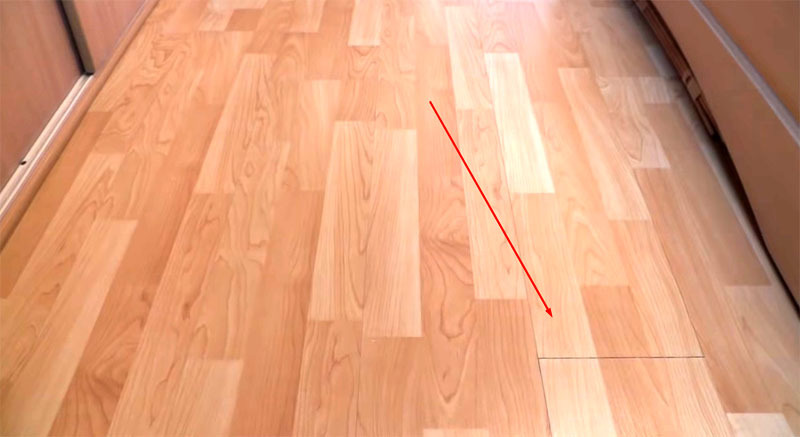
Preparing the flooring for renovation
If laminate was laid before the new owners moved into the apartment or house, it is possible that they had already tried to hide the cracks. Often, home craftsmen make the mistake of using putty for these purposes. It is categorically impossible to do this. Temperature and seasonal changes will cause the filler to crack. And the usual movement on the laminate leads to its movement. Therefore, if the gap in the floor covering has been putty, the putty should be completely removed with a knife. If it is not there, then you will have to clean out all the accumulated dust and dirt from the gap, and then remove the small particles with a vacuum cleaner. Any debris left inside will prevent the boards from standing close to each other.
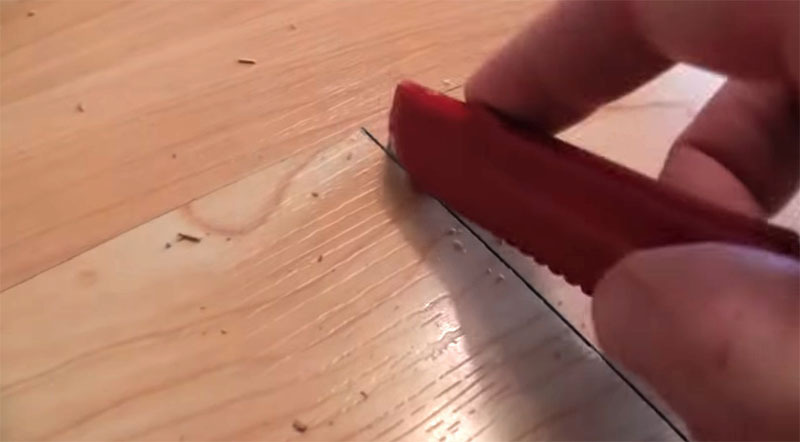
You should also do the rest of the problem areas. It is not worth repairing each of them separately. It is better to immediately outline the entire scope of work, and only after that proceed to the implementation of the task.
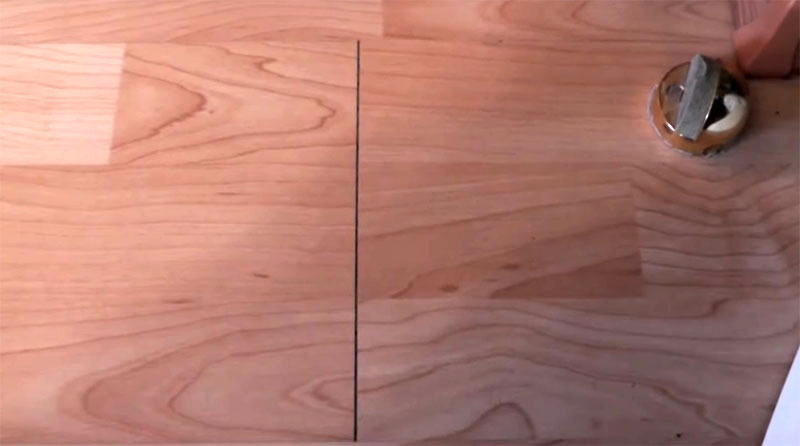 PHOTO: YouTube.com
PHOTO: YouTube.comHow to avoid reoccurring gaps
If the gap has already appeared, the lock is most likely broken. This means that after fixing the problem, the gap will reappear. To prevent the problem from reoccurring, you should use regular or PVA wood glue. Too much glue should not be poured into the slot, it will still be squeezed out when joining the boards. Although its excess can be easily removed with a damp cloth.
In no case should liquid nails or other inelastic compounds be used for these purposes. They can spoil the flooring so that in the end you will have to change some of the boards. And for this, the floor will have to be disassembled, which will lead to additional problems with longitudinal locks.
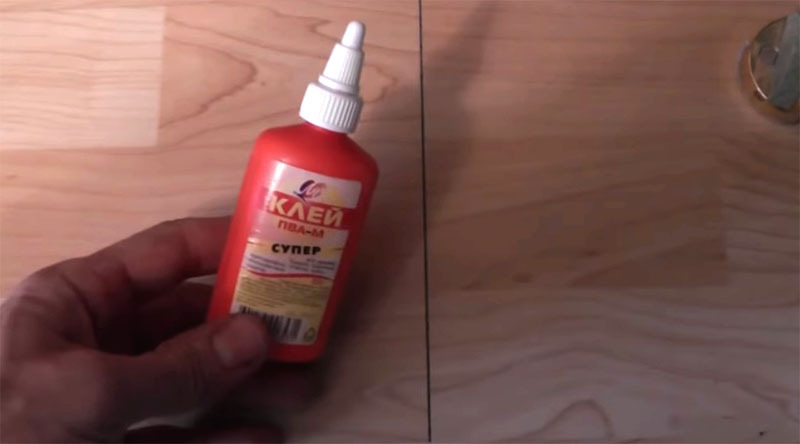 PHOTO: YouTube.com
PHOTO: YouTube.comMethod one: moving the boards by squeezing from the wall
The first option can be called the most time consuming. It is necessary to dismantle the skirting board in the places where the board fits to the wall, and then use the "heel", which is used when laying the flooring.
The skirting board should be removed from the side that is closer to the gap that appears. If the "heel" is not preserved after laying the laminate, you can purchase it or make it yourself.
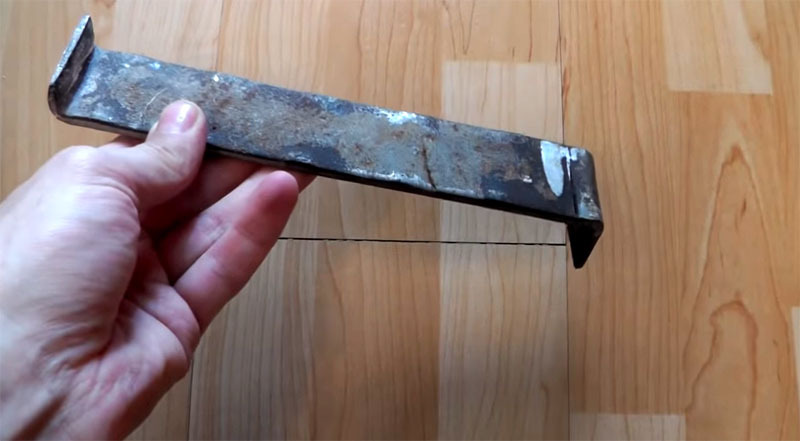 PHOTO: YouTube.com
PHOTO: YouTube.comAn easier way to remove gaps between boards
It is not always possible to dismantle the skirting board. After all, a wardrobe or a chest of drawers can stand against the wall, and the distance to the opposite side can be significant. In this case, you can get the job done in simpler ways. Here everything will depend on what the structure of the laminate is and whether the necessary tool is at hand.
The first thing to do is determine in which direction the boards will move. It is best to choose a longer section that will not be obscured by bulky furniture. Depending on this, the home craftsman will understand which side should be loaded so that it does not move. Otherwise, a gap may form on one side, which may not hide the skirting board.
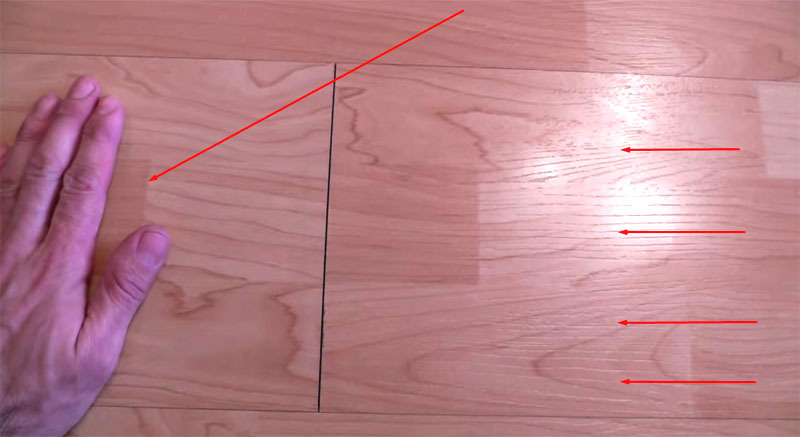 PHOTO: YouTube.com
PHOTO: YouTube.comA tool for working on the second option
For the second option, glass jacks will be required (suction cups, glass clamps - they are called differently). The problem with this method is that such a tool is rarely always at hand. However, the method is working, which means that you cannot pass by it.
After one of the boards is loaded and fixed, the jack is installed on the opposite one. It should be noted right away that the method will work only if the laminate does not have a pronounced structure and its surface is smooth. If it is structured, the suction cup simply will not be able to fix.
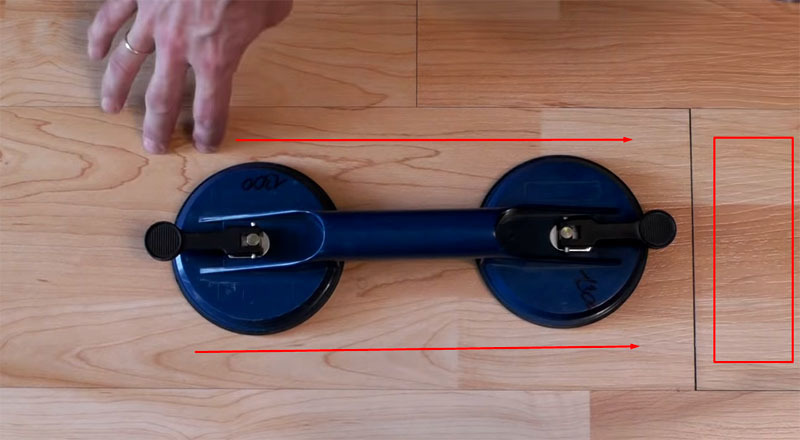 PHOTO: YouTube.com
PHOTO: YouTube.comNext, you need to take a small piece of plank (hardwood is better suited). The piece of wood must be resting against one of the sides of the glass jack, after which, using a hammer, move the laminate in the desired direction. Too strong impacts are not required here - you can damage the handle of the suction cup or move the laminate too far. In everything, you need to know when to stop.
The disadvantage of this option is that if there are still connections behind the sliding board, then the locks on them can also be released. Therefore, before moving the next strips of laminate, you will need to prepare the seams, as described at the beginning of the article, having coated them with PVA glue. But it is not yet a fact that they will open. Here everything will depend on how old the laminate is and what kind of lock system was used in its manufacture.
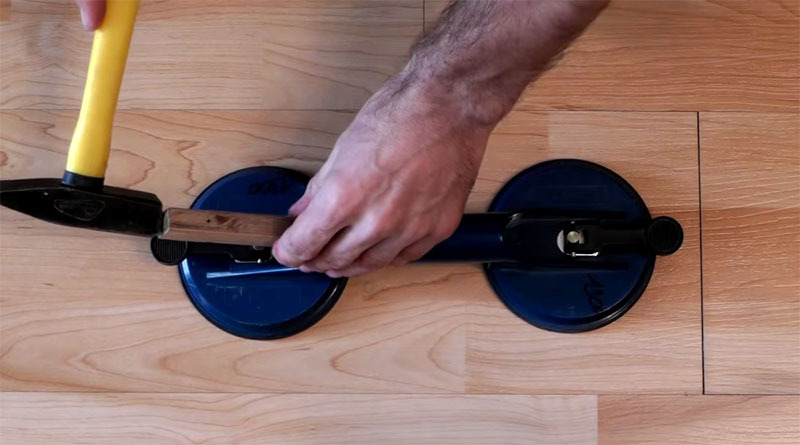 PHOTO: YouTube.com
PHOTO: YouTube.comThe third and easiest solution to the problem
If there is no glass jack at hand or the surface structure does not allow its use, but remove skirting board is not desirable, you can use the simplest, but no less effective way to remove cracks in the laminate. For work, you will need the same hammer and a wooden (preferably oak) block. But instead of suction cups, you can use regular double-sided tape.
First you need to glue double-sided tape along the laminate board (in the center). Its length should be slightly longer than the piece of wood to be glued on top.
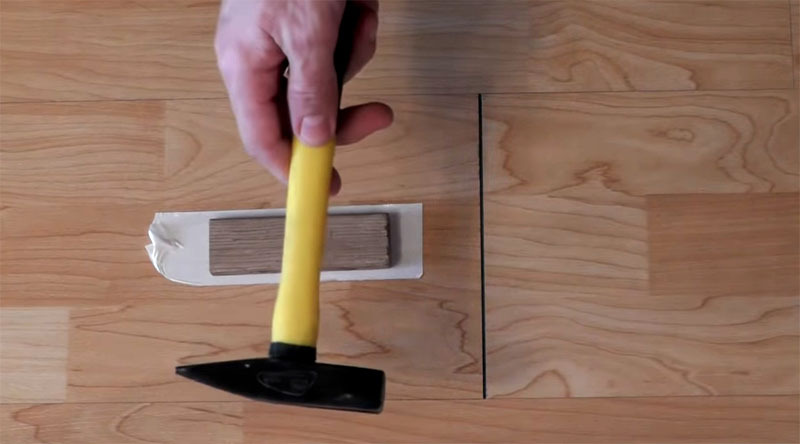 PHOTO: YouTube.com
PHOTO: YouTube.comNext, you need to firmly press the bar with one hand, after which, with accurate hammer blows on it, move the laminate in the right direction. If the block has slipped and the board has not reached the desired position, the block should be moved and the action repeated. The more the bar is pressed against the surface, the faster the board will move.
 PHOTO: YouTube.com
PHOTO: YouTube.comHow perfect the result can be
If the laminate is already many years old, then you should not expect an ideal result. However, even in this case, the joint between the boards will be practically invisible. Moreover, such work does not require much time and effort.
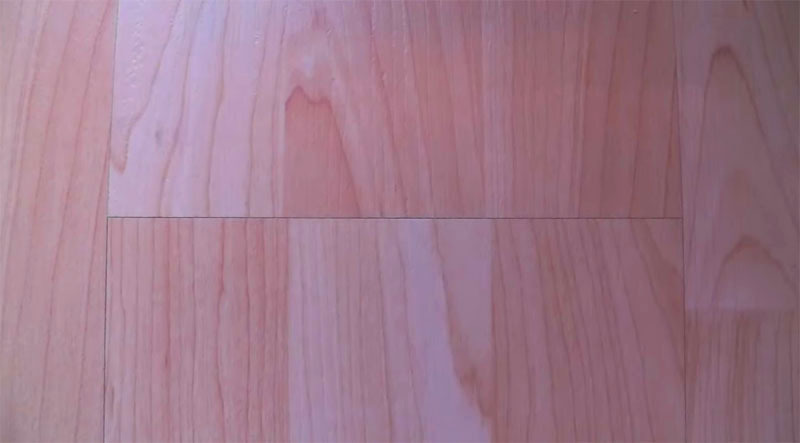 PHOTO: YouTube.com
PHOTO: YouTube.comIn general, such a result can already be considered a victory.
Summing up
Small gaps in the laminate only seem minor. Therefore, hands do not reach them. In fact, when cleaning the floors, water gets into them, the laminate swells, as a result of which it can completely become unusable. And right now, during self-isolation, there is free time to do something useful. In addition, performing various housework will allow you to distract yourself, will not let the home master get bored. Removing the cracks in the laminate will save the floor from more complex repairs in the future. After all, if you leave everything as it is, there is a danger that you will have to disassemble the flooring or, at best, change individual boards. And perhaps the laminate will have to be replaced completely.
We hope you find this information useful. If you have any questions on a topic, feel free to ask them in the discussions below. HouseChief editors will be happy to answer them. Here you can leave your comment on the article or share your way of repairing the floor covering.
What do you think, is it worth repairing the old laminate at all, or is it better to immediately replace it with a new one? Let's discuss this issue.
If you liked this article, please don't forget to rate it. Your opinion is very important for us - it helps the resource to develop in the right direction.
Take care of yourself and your loved ones.
